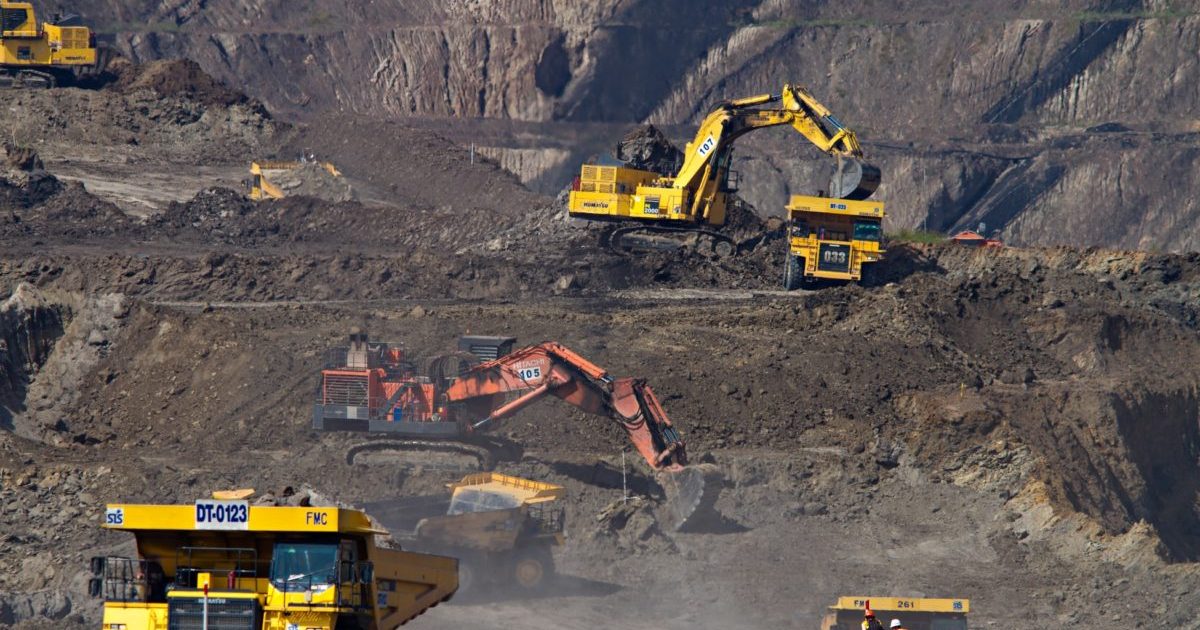Data from blockchain.com shows Bitcoin’s hash rate is at all-time-high. Last week, it peaked at 98.5 quintillion hashes per second. In addition, according to the mining pool, BTC.com, mining difficulty is also at its highest ever level at 11.9 T.
All in all, miner’s confidence, in Bitcoin, has never been higher, which is indicative of a project here for the long term. And, some might say, a bullish indicator.
Confidence In Bitcoin Has Never Been Higher
Hash rate refers to the computing power supporting the network by way of transactional processing. The higher the hash rate, the more secure the network. And Bitcoin’s hash rate has never been higher, having a steady upward ascent since December 2018.
Indeed, as pointed out by industry observers, Bitcoin’s hash rate is eight times what it was in December 2017, the height of the last bull run, demonstrating a growing belief in the original cryptocurrency.
Bitcoin’s hashrate is now 8 times larger than it was during price’s all-time high of $20,000 in 2017. 🔥
— Rhythm (@Rhythmtrader) September 12, 2019
This belief not only takes the form of more miners joining the network, but existing miners are also convinced enough to invest in more up to date equipment.
This comes off the back of Bitmain announcing the release of the new Antminer 17 series. The Antminer S17e and T17e models offer improvements to hash rate by way of upgrades to heat dissipation technology.
And, as claimed by Binance CEO, Changpeng Zhao, as hashing power increases from growing mining confidence, so does price. In a recent tweet, he said:
“Hashrate increase means more miners are investing in BTC, they are bullish. You know what follows?”
Game Theory And Price
This is a belief echoed by the financial reporter, Max Keiser, who, at the start of the month, made a prediction that Game Theory would play out to result in a $28k Bitcoin price.
#Bitcoin hash approaches 90 Quintillion. Per protocol’s hard-coded Game Theory, hash precedes price. $28,000 in play.
— Max Keiser, tweet poet. (@maxkeiser) September 1, 2019
In essence, Game Theory refers to the psychology of how and why people make decisions within a competitive environment. In other words, when applied to cryptocurrency, this relates to how to become the most profitable.
Founder of alternative investment firm, Otis, Michael Karnjanaprakorn put it like this:
“Miners are incentivized to be good actors on the network. If miners want to earn rewards, they have to abide by the rules. Otherwise, miners lose time, electricity, and processing power (costs). This is because mining has a recursive punishment system.”
And so, Game Theory and Bitcoin’s proof of work consensus mechanism, not forgetting the homeostatic mining difficulty algorithm, work in tandem to coordinate the efforts of people to ensure the best possible outcomes for all involved.
Keiser’s reference to Game Theory merely attributes the cumulative combined cooperation of miners to provide a secure network, adding to Bitcoin’s inherent value. And as more miners, and potential miners, take the stance of Bitcoin being a viable alternative to the legacy system, the more we can all benefit.
Photo by Dominik Vanyi on Unsplash




